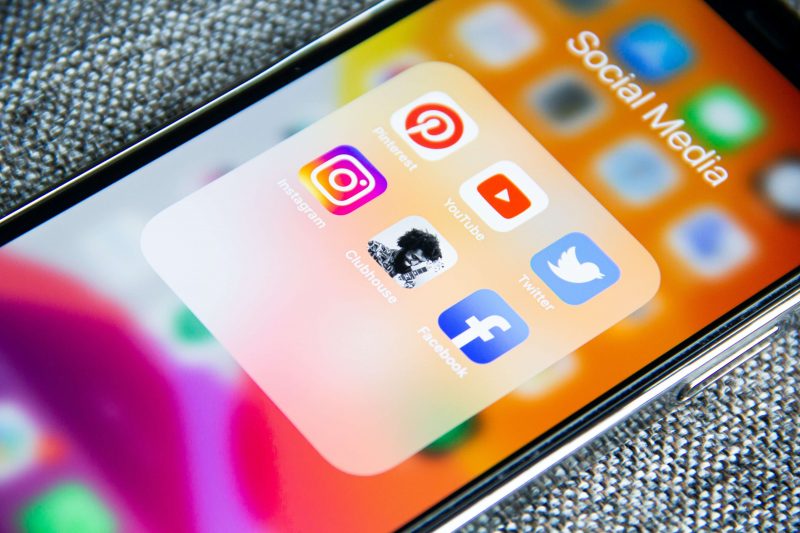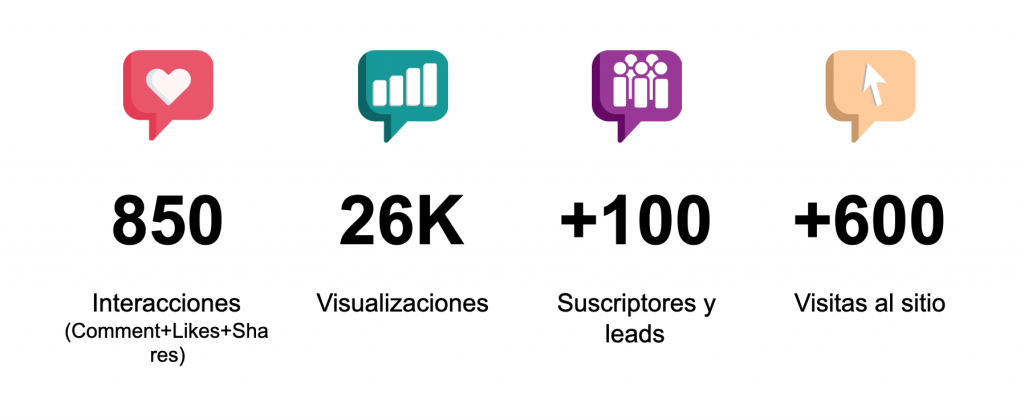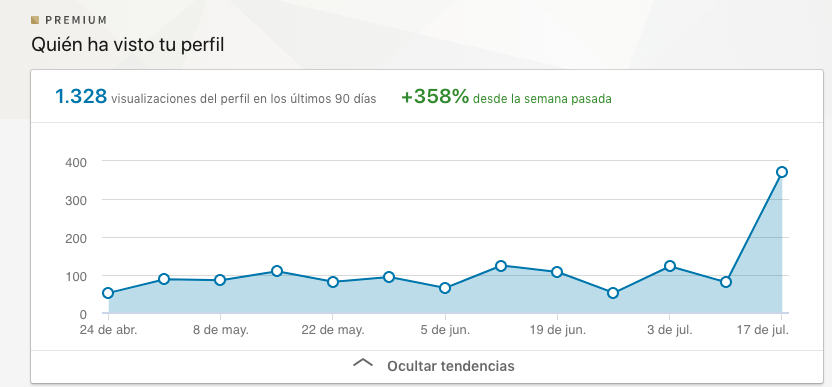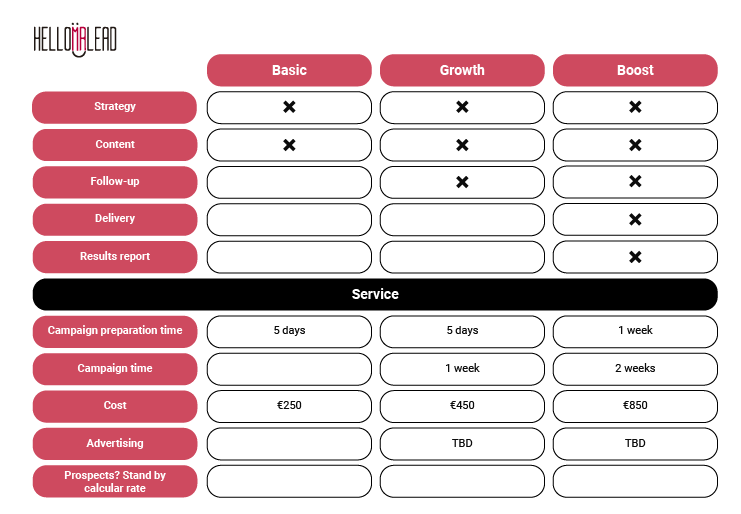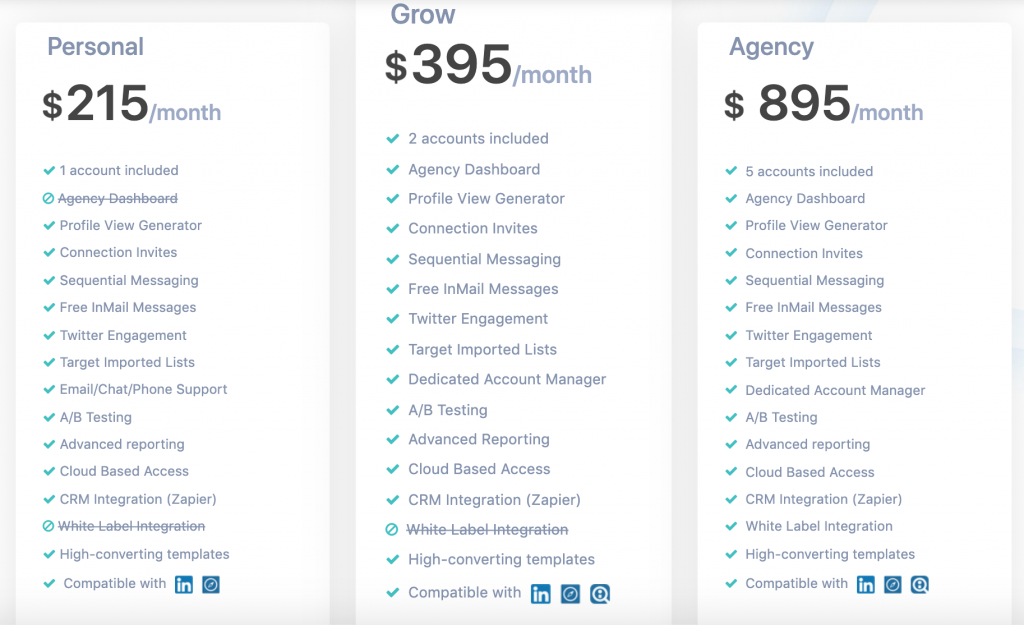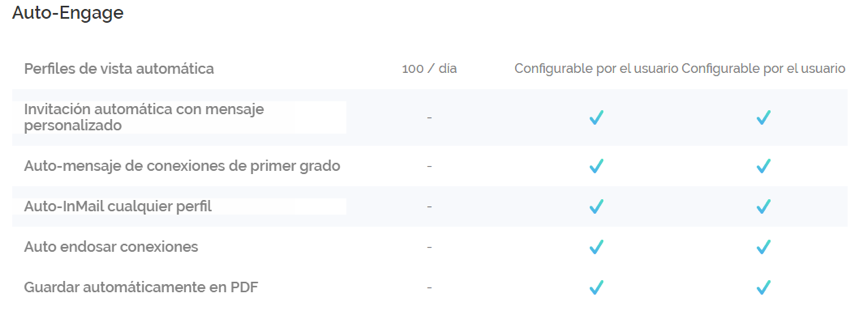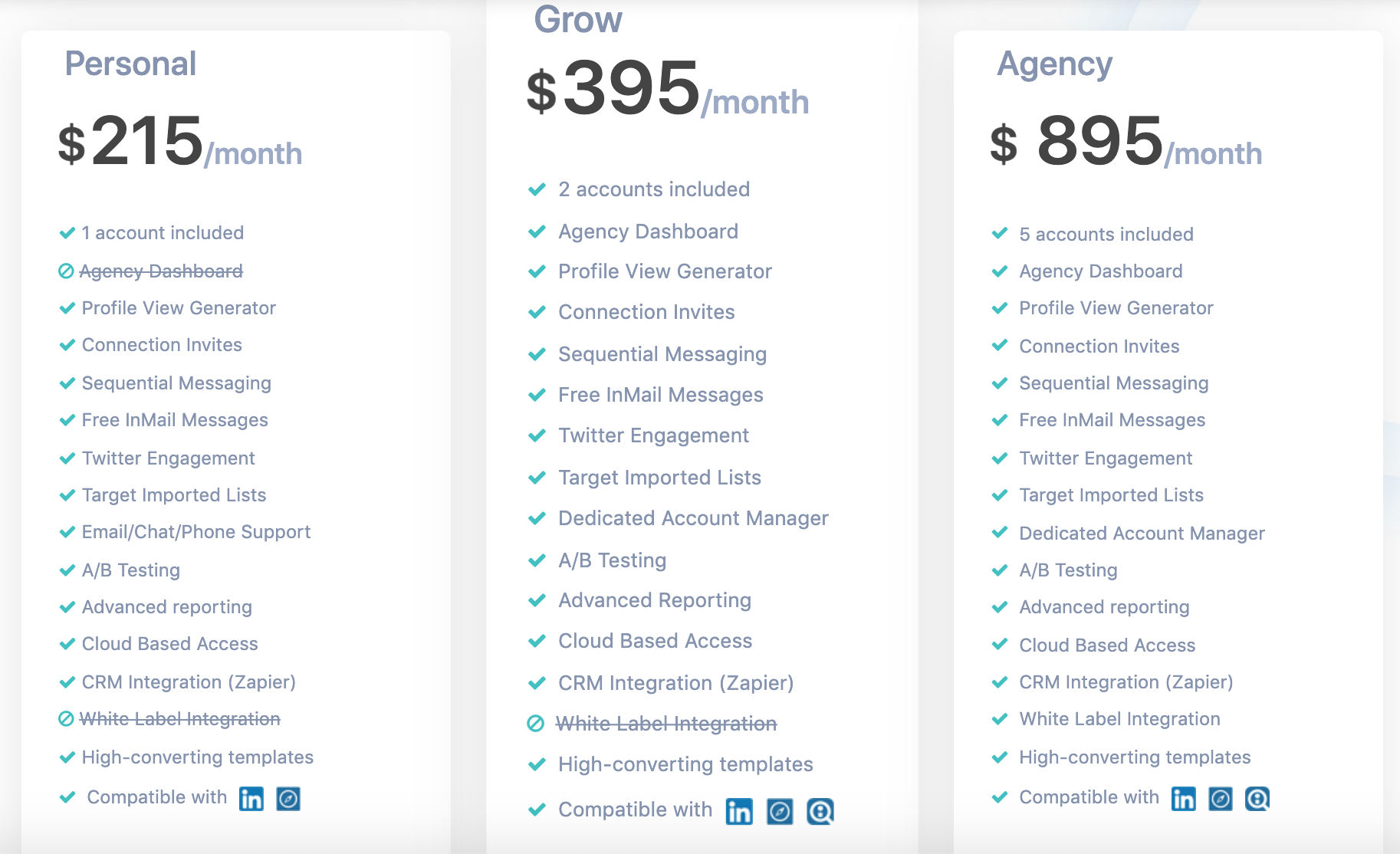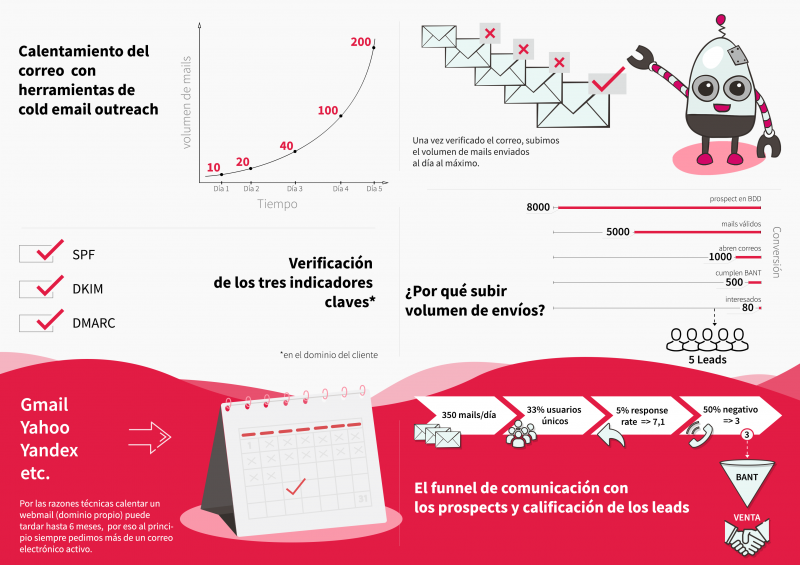In today’s competitive business world, achieving predictable revenue is a crucial objective for any growing company. This is even more significant in the B2B (Business to Business) realm where long-term contracts and relationships reign supreme. In this article, we delve into the strategies that can help in cementing your predictable revenue structures.
Understanding Predictable Revenue
Predictable revenue refers to the recurring income that a business can accurately forecast and rely on, in the coming months or years. It’s an essential component of successful business planning and growth, providing stability amidst market fluctuations.
This concept has gained critical highlight due to the shift towards subscription-based business models, especially in the tech sector. Predictable revenue helps companies to smoothly cope with the ebbs and flows of cash flows, while also improving their valuation, owing to the predictable future cash streams.
One of the key advantages of predictable revenue is that it allows businesses to plan for the future with more confidence. By having a clear understanding of the revenue streams that can be expected, companies can make informed decisions about resource allocation, investment, and expansion. This helps to minimize the risk of financial instability and ensures a solid foundation for sustainable growth.
Defining Predictable Revenue
Defining predictable revenue can be done by projecting future sales based on past data, the projected growth rate, and current business activities. This detailed forecast is pivotal in setting budgets, formulating business plans, and making informed strategic decisions. Building this form of revenue is usually a long-term play, involving customer retention strategies, setting up recurring revenue streams, and creating robust sales and marketing systems.
One of the key challenges in building predictable revenue is the need for a strong customer base. By establishing long-term relationships with customers, businesses can increase the likelihood of repeat business and ongoing service agreements. This not only provides a stable revenue stream but also fosters customer loyalty and strengthens the overall business ecosystem.
The Importance of Predictable Revenue in B2B
In a B2B setup, predictable revenue is a lifeline. Long-term contracts, repeat business, and ongoing service agreements form a significant portion of B2B operations. The predictability of this revenue stream allows for sound financial planning and stability.
It aids in risk management by attenuating the impact of cyclical sales and market volatility. This concept also encourages sustainable business growth, underpinned by reliable earnings and a loyal customer base.
Furthermore, predictable revenue in the B2B sector enables companies to invest in research and development, innovation, and talent acquisition. With a stable revenue stream, businesses can allocate resources to projects that drive long-term growth and competitiveness.
In conclusion, predictable revenue is a crucial aspect of business success, providing stability, confidence, and strategic planning capabilities. By understanding and harnessing the power of predictable revenue, businesses can navigate the ever-changing market landscape with resilience and achieve sustainable growth in the long run.
The Role of B2B Strategies in Revenue Generation
For a B2B company, investing in sustainable strategies is the key to unlocking a steady stream of predictable revenue. The core B2B strategies involve a more personalized approach towards the customers, a heightened focus on relationship building, and ongoing services rather than one-off sales.
When it comes to B2B strategies, it is important to understand the key elements that drive revenue generation. These elements are crucial in ensuring long-term success and profitability for the business. Let’s take a closer look at each of these key elements:
Key Elements of B2B Strategies
- Customer segmentation: This entails identifying potential customers and categorizing them based on specific criteria. By segmenting your customer base, you can tailor your marketing efforts to meet the unique needs and preferences of each segment. This targeted approach allows you to effectively allocate resources and maximize return on investment.
- Relationship marketing: Building and maintaining strong relationships with your customers is essential for recurring business. Relationship marketing focuses on creating personalized experiences and providing exceptional customer service. By nurturing these relationships, you can foster loyalty and trust, leading to repeat purchases and long-term partnerships.
- Using digital channels: In today’s digital age, the adoption of digital marketing channels is crucial for reaching your target audience. Digital channels such as social media, email marketing, and content marketing provide a cost-effective way to engage with potential customers, build brand awareness, and drive traffic to your website. With the right digital strategies in place, you can expand your reach, tap into new markets, and drive sustainable growth.
How B2B Strategies Drive Revenue
Each of these strategies plays a critical role in driving predictable revenue within a B2B context. Customer segmentation helps to target your efforts effectively, maximizing return on investment. By understanding the unique needs and preferences of each customer segment, you can tailor your marketing messages and offerings to resonate with them.
Relationship marketing works towards retaining customers for repeat business, providing a solid base for growth. By investing in building strong relationships with your customers, you can increase customer loyalty, reduce churn rates, and encourage repeat purchases. This not only leads to a steady stream of revenue but also opens up opportunities for upselling and cross-selling.
Furthermore, digital marketing widens your reach, enabling you to tap into potential markets and drive sustainable growth. With the increasing reliance on digital channels for research and purchasing decisions, having a strong online presence is crucial. By leveraging digital marketing strategies, you can attract new leads, nurture them through the sales funnel, and convert them into loyal customers.
In conclusion, B2B strategies are essential for revenue generation in the business-to-business context. By implementing customer segmentation, relationship marketing, and digital marketing, companies can unlock a steady stream of predictable revenue, foster long-term partnerships, and drive sustainable growth.
Steps to Achieve Predictable Revenue with B2B Strategies
Now, let us delve into the practical steps that your business can take to achieve predictable revenue using B2B strategies.
When it comes to achieving predictable revenue, it is essential to have a clear understanding of your target market. Identifying and subsequently understanding your target market involves evaluating market opportunities and trends to identify the segments that are most likely to need your products or services By conducting thorough market research, you can gain insights into customer preferences, pain points, and buying behaviors. This approach can help prioritize marketing and sales efforts towards the most promising areas, contributing to more predictable sales and revenue.
Implementing effective sales processes is another crucial step in achieving predictable revenue. Establishing efficient and scalable sales processes is essential for streamlining your sales efforts. These processes would encompass lead generation, prospect engagement, sales conversion, customer retention, up-selling, and cross-selling. By having a well-defined and structured sales process in place, businesses can ensure that every step of the customer journey is optimized, leading to higher conversion rates and increased revenue. Such a robust system enables businesses to retain a steady flow of customers and thereby predictable revenue.
Leveraging data for revenue prediction is the final step in achieving predictable revenue with B2B strategies. In today’s data-driven world, businesses have access to a vast amount of information that can be used to make informed decisions. By leveraging the right tools and techniques to analyze your business data, you can gain valuable insights into customer behavior, market trends, sales performance, and more. These insights are pivotal in predicting future revenue and making strategic business decisions. Whether it’s using advanced analytics tools or implementing predictive modeling techniques, harnessing the power of data can significantly enhance your revenue prediction capabilities.
In conclusion, achieving predictable revenue with B2B strategies requires a comprehensive approach that includes identifying your target market, implementing effective sales processes, and leveraging data for revenue prediction. By following these steps, businesses can increase their chances of achieving consistent and predictable revenue growth.
Case Studies of Successful B2B Revenue Predictability
There are several successful examples where businesses have harnessed the power of B2B strategies to achieve predictable revenue.
Case Study 1:
This company used customer segmentation and focused relationship marketing to build long-term contracts with their clients, thereby ensuring a steady revenue stream. They utilized data analytics to understand their customer base better and refine their marketing strategies, resulting in an increase in their predictable revenue.
Case Study 2:
In this case, they invested in building robust sales processes and embracing digital marketing tools to reach a wider audience. Their efforts led to an increase in their customer base, which translated into more predictable revenue, thereby propelling the growth of the business.
Challenges and Solutions in Achieving Predictable Revenue
While the concept of predictable revenue is promising, it’s crucial to be prepared for potential challenges. Understanding these difficulties is key to overcoming them and progressing on the pathway to predictable revenue.
Common Obstacles in B2B Revenue Prediction
Many businesses face difficulties in achieving predictable revenue due to a lack of effective sales processes, data-driven decision-making, and customer segmentation strategies. Other common barriers include market fluctuations, restricted market visibility, and sales volatility.
Proven Solutions for Revenue Predictability
A proven solution for overcoming these obstacles is to focus on establishing strong customer relationships for recurring business. Investment in robust sales systems and the use of data analytics are also imperative for precise revenue forecasting.
In conclusion, predictable revenue offers a stable financial base and a cushion against market volatility. By adopting appropriate B2B strategies such as precise customer segmentation, relationship marketing, and data analytics, businesses can carve a niche for themselves and climb the ladder of success.




